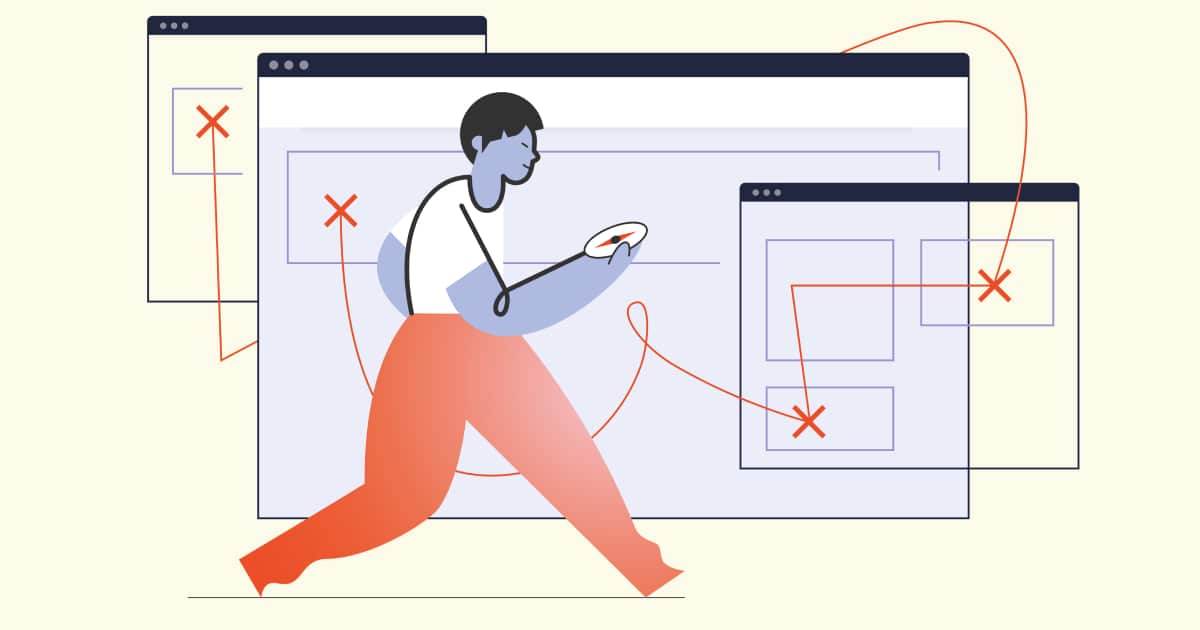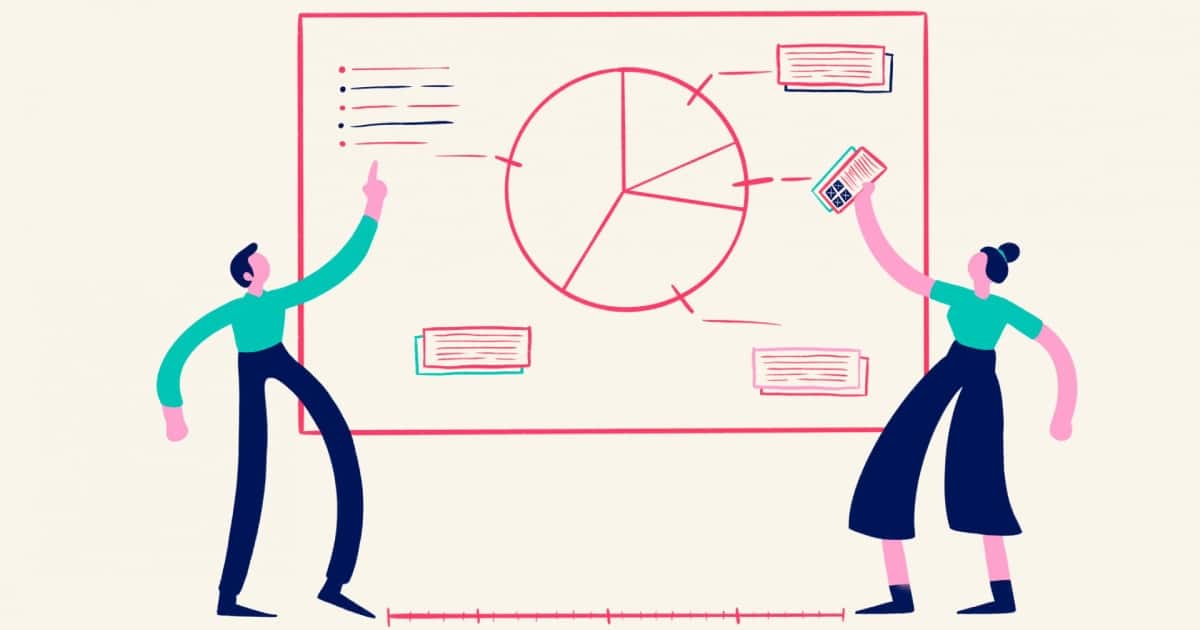Marketing automation has become an indispensable tool for businesses seeking to streamline their operations, enhance customer engagement, and drive growth. By leveraging sophisticated software and data-driven strategies, companies can automate repetitive tasks, personalize customer interactions, and optimize their marketing efforts. This article delves into seven marketing automation best practices that can revolutionize your business operations and propel you towards success.
1. Define Clear Goals and KPIs
Before implementing any marketing automation strategy, it’s crucial to establish clear objectives and key performance indicators (KPIs). This foundational step ensures that your automation efforts align with your overall business goals.
Setting SMART Goals
When defining your marketing automation objectives, use the SMART criteria:
- Specific: Clearly define what you want to achieve
- Measurable: Establish concrete metrics to track progress
- Achievable: Set realistic and attainable goals
- Relevant: Ensure goals align with your business objectives
- Time-bound: Set specific timeframes for achieving your goals
Key Performance Indicators (KPIs) to Consider
| KPI Category | Examples |
|---|---|
| Lead Generation | Number of new leads, Lead quality score |
| Engagement | Email open rates, Click-through rates |
| Conversion | Conversion rate, Cost per conversion |
| Revenue | Return on investment (ROI), Customer lifetime value |
By setting clear goals and KPIs, you’ll be better equipped to measure the success of your marketing automation strategies and make data-driven decisions to improve your campaigns.
2. Develop a Comprehensive Customer Journey Map

Understanding your customer’s journey is essential for effective marketing automation. A well-crafted customer journey map helps you identify key touchpoints and opportunities for automation.
Steps to Create a Customer Journey Map:
- Identify customer personas
- List all touchpoints across channels
- Analyze customer actions, thoughts, and emotions at each stage
- Identify pain points and opportunities for improvement
- Determine automation triggers and actions
With a detailed customer journey map, you can tailor your marketing automation implementation to address specific customer needs at each stage of their journey, ensuring a more personalized and effective approach.
3. Implement Segmentation and Personalization
One of the most powerful marketing automation best practices is leveraging customer data for segmentation and personalization. By tailoring your messages to specific audience segments, you can significantly improve engagement and conversion rates.
Effective Segmentation Strategies:
- Demographic segmentation (age, gender, location)
- Behavioral segmentation (past purchases, website interactions)
- Psychographic segmentation (interests, values, lifestyle)
- Firmographic segmentation (for B2B: company size, industry)
Personalization Techniques:
- Dynamic content in emails and landing pages
- Personalized product recommendations
- Tailored offers based on browsing history
- Customized nurture campaigns based on lead score
Implementing robust segmentation and personalization strategies can dramatically enhance the effectiveness of your marketing automation efforts, leading to improved customer satisfaction and higher marketing automation ROI.
4. Focus on Lead Nurturing and Scoring
Effective lead nurturing is crucial for moving prospects through the sales funnel. By implementing a lead scoring system, you can prioritize leads and tailor your nurturing efforts accordingly.
Lead Nurturing Best Practices:
- Create targeted content for each stage of the buyer’s journey
- Use multi-channel nurturing (email, social media, retargeting)
- Implement drip campaigns based on user behavior
- Regularly update and refine your nurturing workflows
Developing a Lead Scoring Model:
| Criteria | Points |
|---|---|
| Website visits | 1-5 points per visit |
| Content downloads | 5-10 points per download |
| Email engagement | 2-5 points per open/click |
| Form submissions | 10-20 points |
| Social media interactions | 1-3 points per interaction |
By focusing on lead nurturing and scoring, you can ensure that your sales team concentrates on the most promising leads, increasing efficiency and conversion rates.
5. Optimize Email Marketing Automation
Email remains one of the most effective channels for marketing automation. Optimizing your email marketing automation can significantly improve engagement and conversion rates.
Email Automation Best Practices:
- Craft compelling subject lines and preview text
- Optimize email design for mobile devices
- Use A/B testing to refine your email content and design
- Implement triggered emails based on user behavior
- Clean and maintain your email list regularly
Types of Automated Emails to Consider:
- Welcome series
- Abandoned cart reminders
- Post-purchase follow-ups
- Re-engagement campaigns
- Milestone and anniversary emails
By implementing these email automation best practices, you can create more targeted and timely communications that resonate with your audience.
6. Integrate Your Marketing Tools and Platforms
Seamless integration between your marketing automation platform and other business tools is crucial for maximizing efficiency and data accuracy. Marketing automation consulting tips often emphasize the importance of creating a unified ecosystem of marketing tools.
Key Integrations to Consider:
- CRM systems
- E-commerce platforms
- Social media management tools
- Analytics and reporting software
- Content management systems (CMS)
By integrating these tools, you can create a holistic view of your customer interactions and streamline your marketing processes. This integration is particularly crucial for eCommerce marketing automation, where real-time data synchronization can significantly impact sales and customer experience.
7. Continuously Analyze and Optimize Your Automation Workflows

The final and ongoing marketing automation best practice is to regularly analyze and optimize your automation workflows. This iterative process ensures that your strategies remain effective and aligned with your business goals.
Steps for Continuous Optimization:
- Regularly review your automation metrics and KPIs
- Identify underperforming workflows and campaigns
- Conduct A/B tests to improve performance
- Stay updated on industry trends and new automation features
- Gather feedback from your sales and customer service teams
Key Areas to Monitor and Optimize:
- Email open and click-through rates
- Landing page conversion rates
- Lead scoring accuracy
- Customer journey progression
- Overall marketing automation ROI
By consistently analyzing and refining your automation workflows, you can ensure that your marketing efforts remain effective and continue to drive business growth.
Conclusion
Implementing these seven marketing automation best practices can transform your business operations, leading to improved efficiency, better customer engagement, and increased revenue. From setting clear goals to continuous optimization, each practice plays a crucial role in creating a robust marketing automation strategy.
As you embark on your marketing automation journey, remember that success often requires expertise and experience. Many businesses find value in partnering with a marketing automation agency to help implement and optimize their strategies. These agencies can provide valuable insights, technical expertise, and ongoing support to ensure your marketing automation efforts yield the best possible results.
By embracing these best practices and leveraging the power of marketing automation, you can create more personalized, efficient, and effective marketing campaigns that drive business growth and customer satisfaction. As technology continues to advance, staying ahead of the curve with marketing automation will be key to maintaining a competitive advantage in your industry.
Remember, marketing automation is not a set-it-and-forget-it solution. It requires ongoing attention, analysis, and optimization to truly transform your business. By committing to these best practices and continuously refining your approach, you’ll be well-positioned to reap the full benefits of marketing automation and achieve long-term success in your marketing efforts.
FAQs
Some key benefits include increased efficiency, higher conversion rates, improved lead nurturing, enhanced customer experiences, tighter sales and marketing alignment, better measurement and ROI, and more insightful customer data.
- Not having clearly defined goals
- Focusing too much on technology and not process
- Not integrating with your CRM and other systems
- Not mapping content to the buyer’s journey
- Not personalizing campaigns enough
- Not testing and optimizing continuously
Marketing automation enables you to provide tailored, meaningful experiences across channels based on each customer’s needs, interests, and journey. This level of personalization and consistency improves satisfaction.
By scoring and nurturing leads, marketing automation hands sales better qualified, sales-ready leads to focus on. It also gives sales visibility into customer interactions and provides content to share. This alignment between sales and marketing is invaluable.
You can automate a wide variety of campaigns across channels like email, mobile, social media, ads, and your website including drip campaigns, welcome campaigns, lead nurturing, website personalization, retaining customers, upselling, event follow-ups, win-back campaigns, and more.
Track key metrics like cost per lead, opportunities created, deals closed, and revenue per lead. Factor in labor cost savings in sales and marketing. Relate revenue growth to marketing automation implementation. Review multi-touch attribution data to optimize spending.
 Anas is our go-to copywriter with a knack for crafting persuasive and high-converting eCommerce landing pages. His passion for words and understanding of consumer psychology helps turn visitors into loyal customers. When he's not refining his copy, Anas enjoys exploring the latest digital marketing trends and experimenting with new writing techniques. His blend of creativity and strategic thinking makes him an indispensable part of our energetic team.
Anas is our go-to copywriter with a knack for crafting persuasive and high-converting eCommerce landing pages. His passion for words and understanding of consumer psychology helps turn visitors into loyal customers. When he's not refining his copy, Anas enjoys exploring the latest digital marketing trends and experimenting with new writing techniques. His blend of creativity and strategic thinking makes him an indispensable part of our energetic team.












